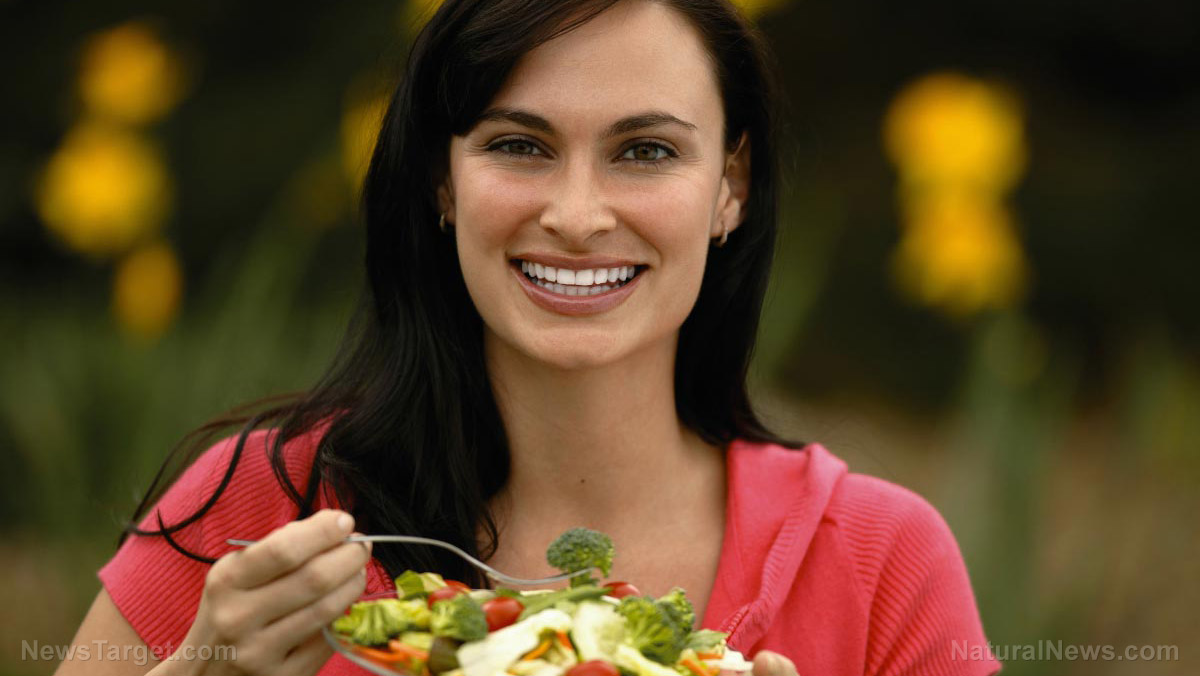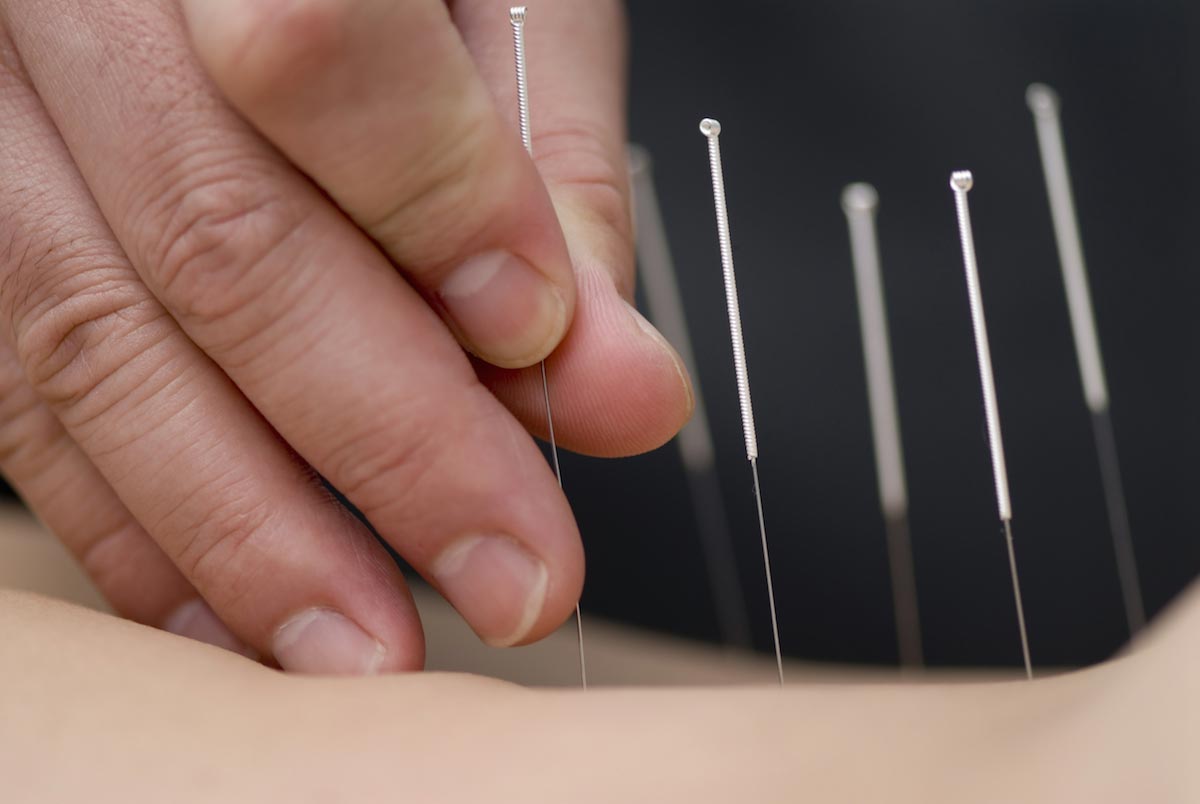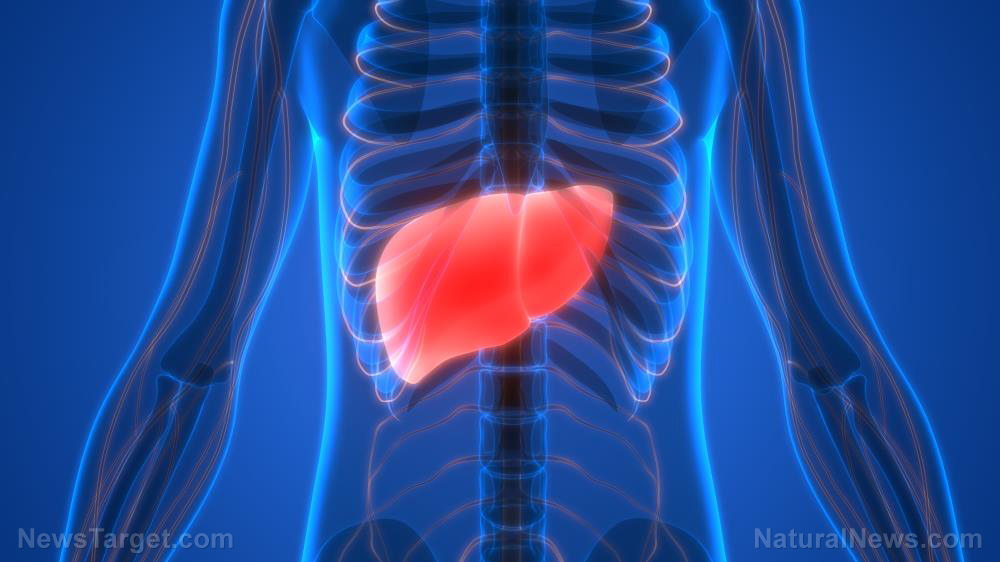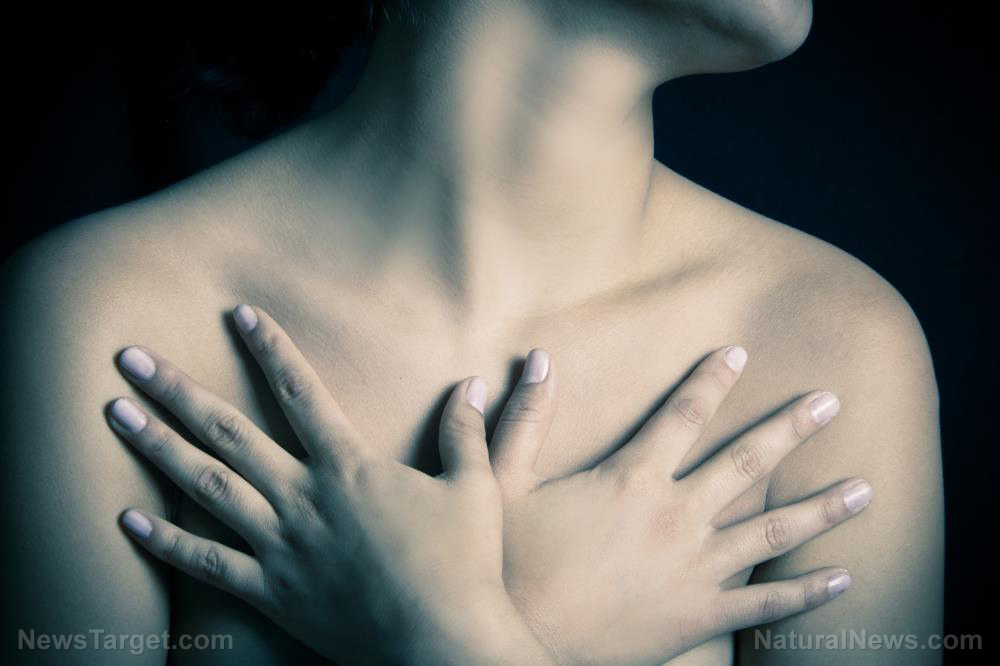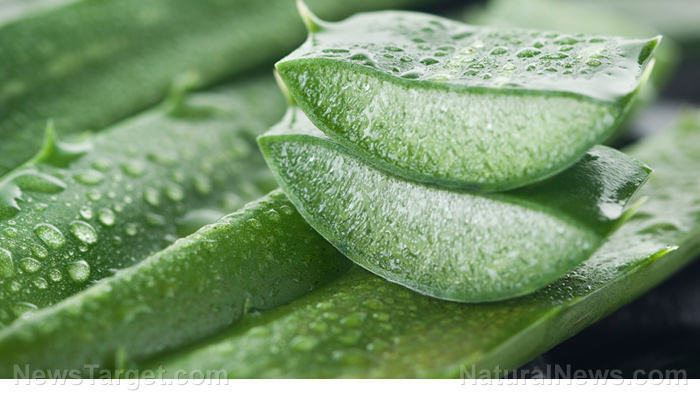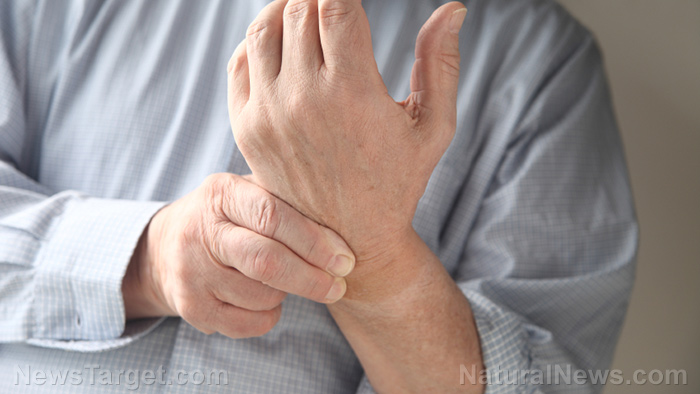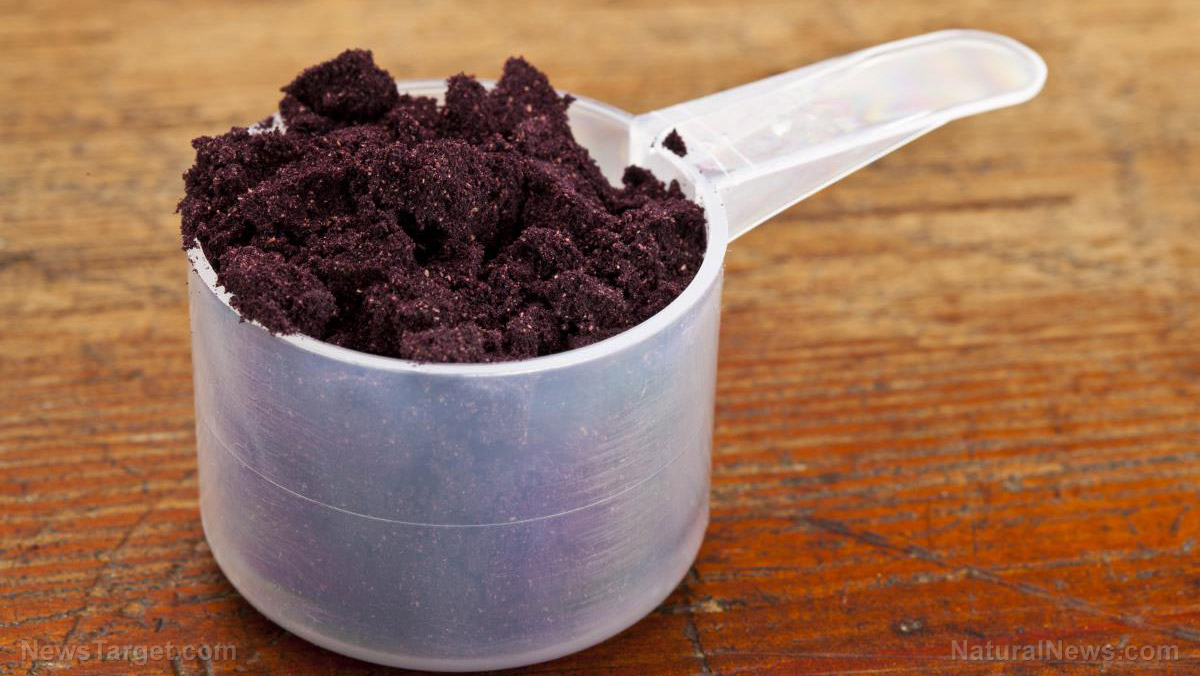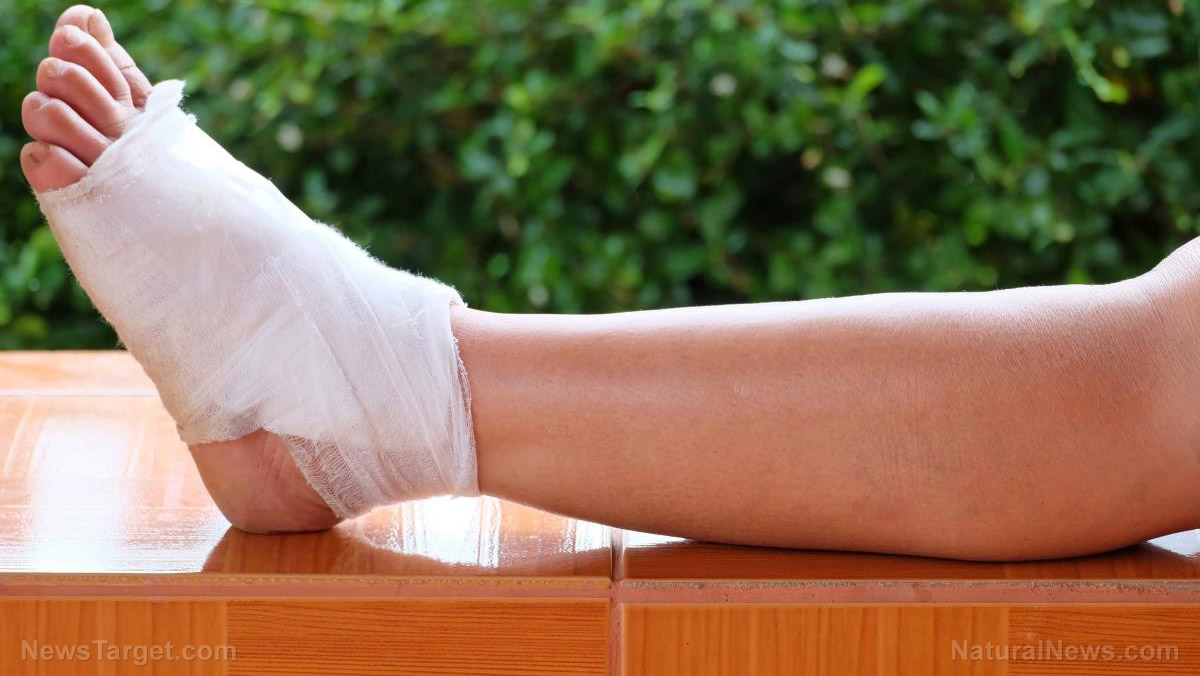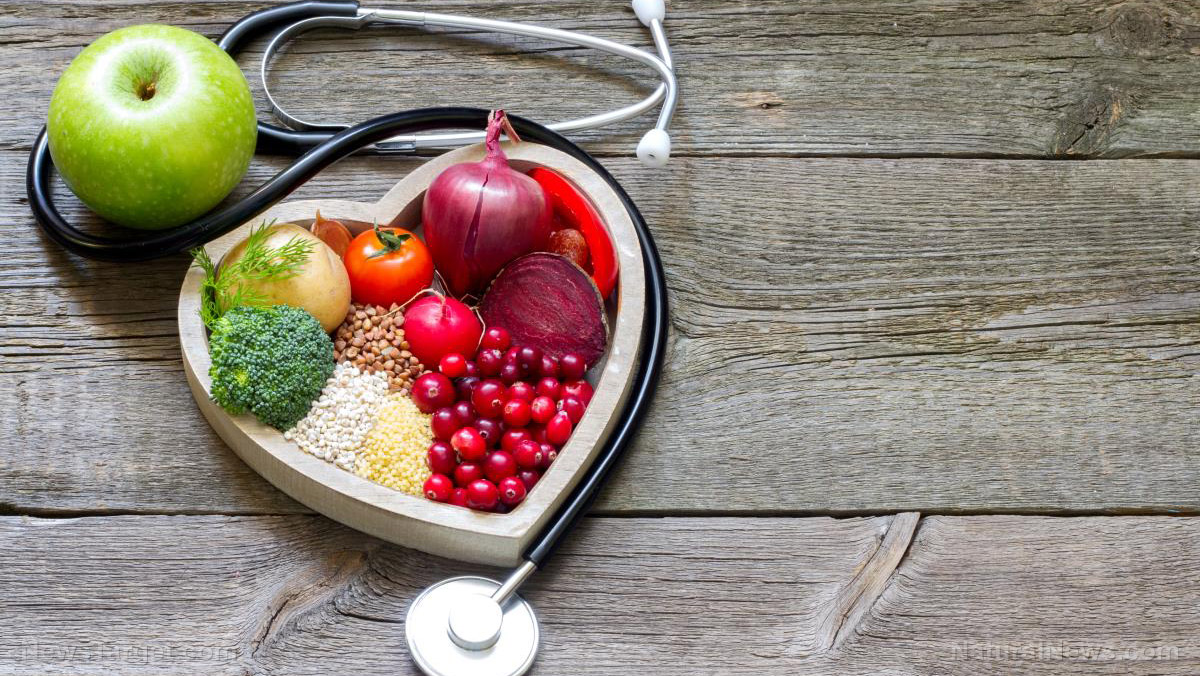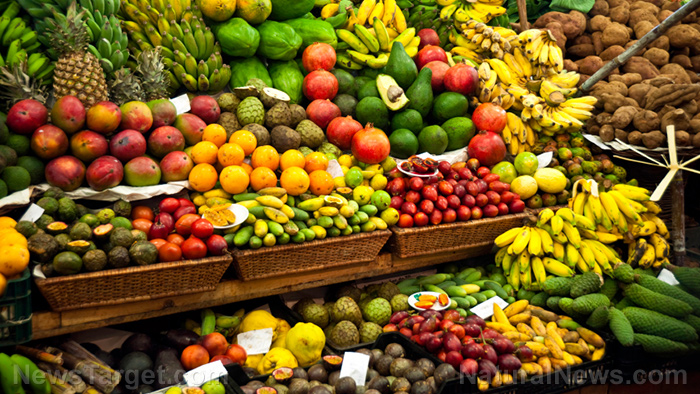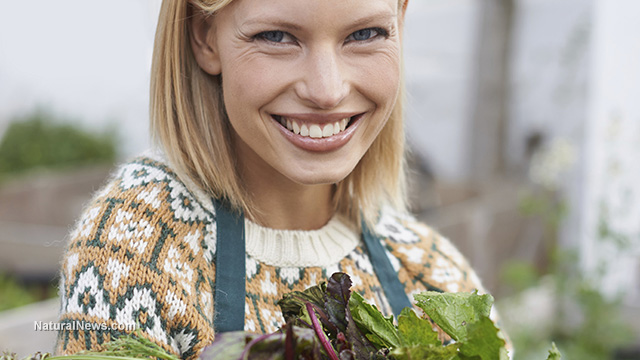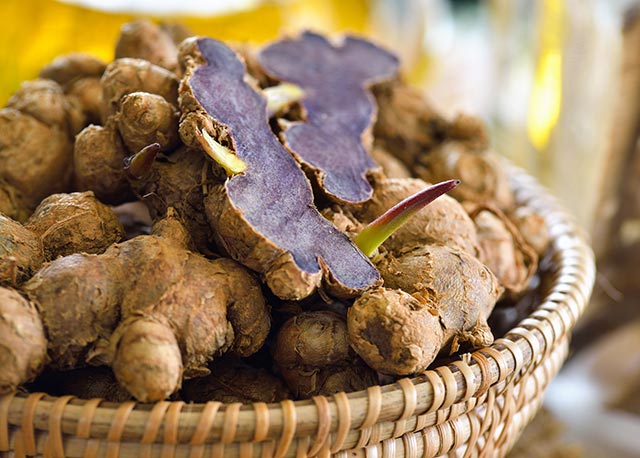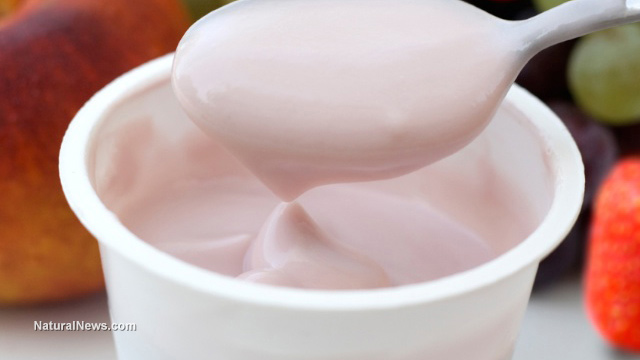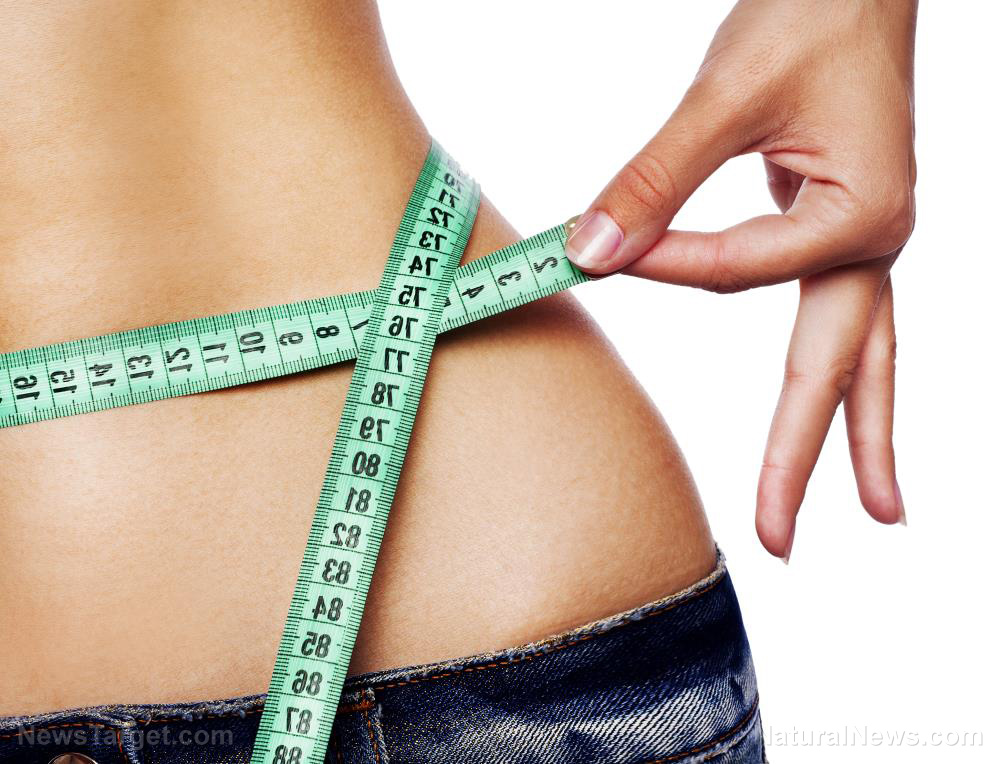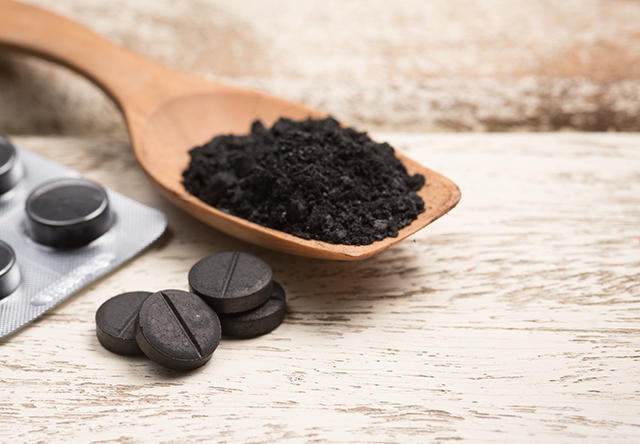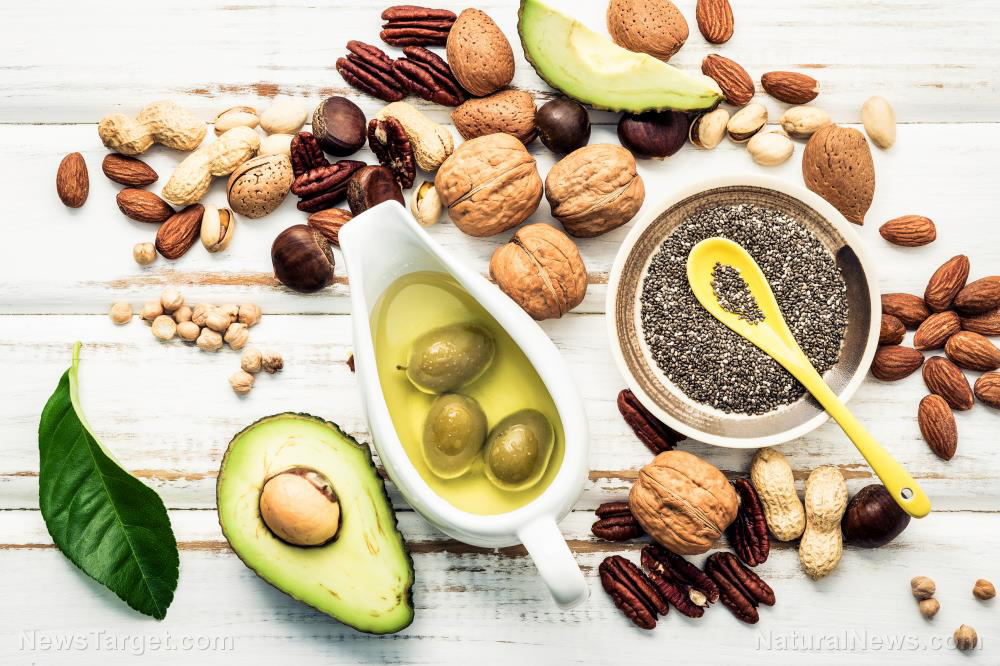10 iron-rich foods to add to your diet – watch at Brighteon.com
11/21/2018 / By Ralph Flores
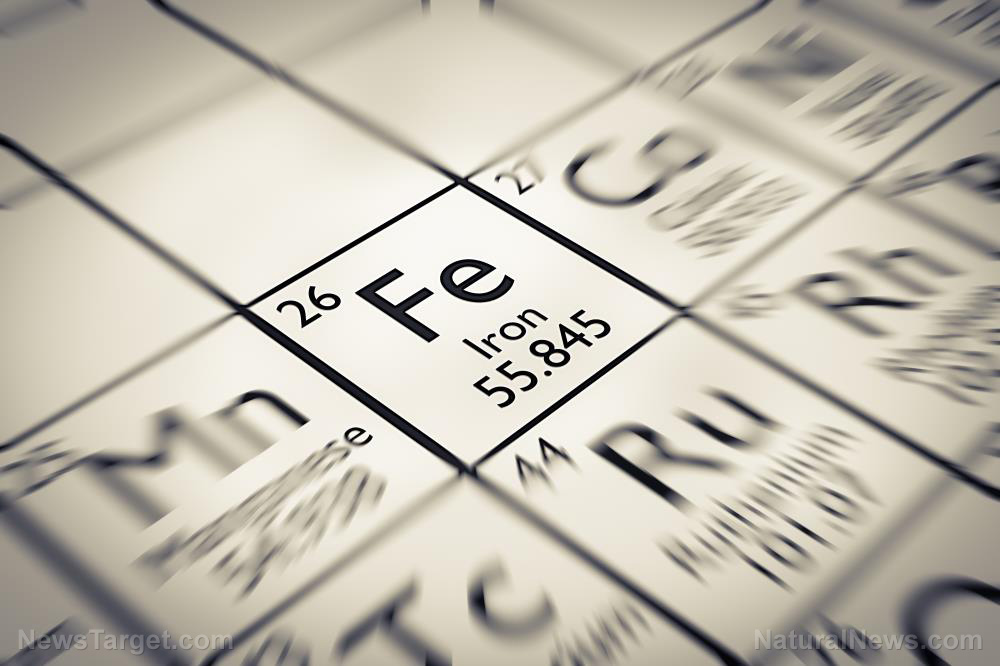
Iron is a mineral found in almost every part of the body, especially in the blood. In particular, iron is needed to make hemoglobin in red blood cells, the protein that carries oxygen throughout the body. The body also uses hemoglobin to move carbon dioxide from other part parts of the body to the lungs, where it is exhaled out of the body. In addition, iron is essential to produce certain hormones and connective tissues.
However, for a mineral that provides the body with a lot of benefits, many people are not getting enough of it. Iron deficiency is a cause for concern around the world, especially among children and pregnant women. It’s also one that affects even those in developed countries.
If a person doesn’t have enough iron in his body, he cannot produce the required amount of hemoglobin needed to transfer oxygen into cells and tissues. The lack of oxygen can lead to impaired tissue and muscle function — a condition called anemia. While there are other forms of anemia, iron-deficiency anemia remains to be the most common worldwide.
Some conditions of iron-deficiency anemia include:
- Fatigue, accompanied by weakness and irritability
- Paleness of the skin and lower eyelids
- Shortness of breath because of low oxygen levels
- Headaches and dizziness
- Dry and damaged skin, including hair loss
- Soreness or swelling of the tongue and mouth
- Experiencing restless legs syndrome
The National Institutes of Health recommends women between 19 to 50 years to get around 18 mg of iron a day, and 27 mg per day if they’re pregnant. For men aged 19 and older, the recommended daily allowance is 8 mg. (Related: Iron: An Important Mineral That Performs Many Biological Functions.)
The power of the elements: Discover Colloidal Silver Mouthwash with quality, natural ingredients like Sangre de Drago sap, black walnut hulls, menthol crystals and more. Zero artificial sweeteners, colors or alcohol. Learn more at the Health Ranger Store and help support this news site.
Boost your iron levels by adding these foods
While there are a lot of foods that are rich in iron, it’s best to understand where they come from. Iron has two forms – heme iron, which comes from animal sources, and non-heme iron, which is derived from plant sources. The body, in particular, absorbs heme iron better than non-heme iron.
If you’re looking to get iron from plant-based foods, you would need to consume twice as much iron per day. Adding ascorbic acid (or vitamin C) might help since it can improve the bioavailability of non-heme iron. Conversely, calcium can reduce the bioavailability of both heme and non-heme iron.
Here are some iron-rich foods that you could add to your diet.
- Dark chocolate (11.9 mg per 100 g serving) – A bar of dark chocolate with 70–85 percent cocoa has over half the recommended daily intake of iron, as well as magnesium and copper. It’s also rich in potassium, zinc, and selenium.
- Kidney beans (8.2 mg per 100 g serving) – The red beans, aside from being a rich source of iron, can also lower the risk of heart attacks and boost energy levels.
- Oysters (7 mg per 100 g serving) – Oysters and other bivalve mollusks are packed with iron and other nutrients like zinc and vitamin B12.
- Cashews (6.7 mg per 100 g serving) – The National Institutes of Health (NIH) lists cashew nuts as good sources of iron. If you’re looking to add cashews to your diet, go for roasted – not fried.
- Chickpeas (6.2 mg per 100 g serving) – These legumes provide a copious amount of iron, and adding lemon juice can help the body absorb the non-heme iron better.
- Tofu (5.4 mg per 100 g serving) – If you’re looking to replace meat with tofu, it’s best to remember that you might need to eat more to meet the recommended daily intake for protein and iron.
- Quinoa (4.6 mg per 100 g serving) – The superfood also contains twice as much fiber as most grains, aside from its iron content.
- Almonds (3.3 mg per 100 g serving) – The popular snack is a good source of iron, as well as other nutrients.
- Pumpkin seeds (3.3 mg per 100 g serving) – It’s not just good for the blood, pumpkin seeds can prevent the formation of kidney stones.
- Spinach (2.71 mg per 100 g serving) – This green leafy vegetable not only has iron, but it has antioxidants that have anti-cancer properties.
Follow Health Tips on Brighteon to learn more about iron-rich foods.
Looking for more ways iron helps our bodies? Visit NaturalCures.news.
Sources include:
Tagged Under: antioxidants, disease prevention, food as medicine, heme iron, iron, iron deficiency anemia, minerals, non-heme iron, nutrients


